Spiny Emex
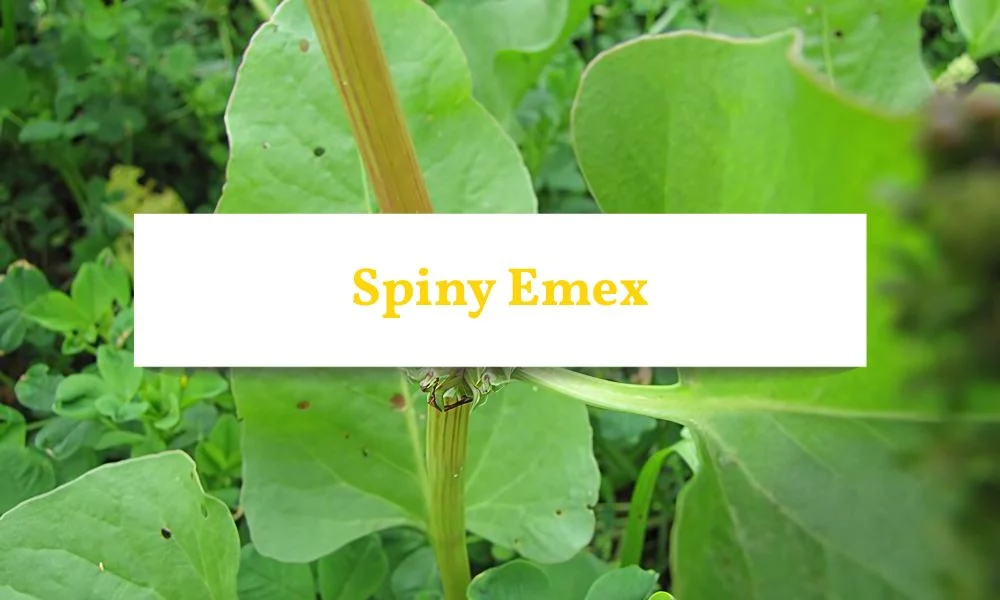
What Is Spiny Emex?
Spiny emex, also called doublegee or three-corner jack, is a tough annual weed that grows in lawns, pastures, crops, and along roadsides. You can spot it by its ground-hugging rosette of triangular or oval leaves and its long, purplish stems. The most noticeable feature is its hard, woody fruit with three sharp spines that can hurt your feet, animals, and even puncture tyres. As the plant matures, these spiny fruits turn from green to brown and spread easily by sticking to shoes, animals, and machinery.
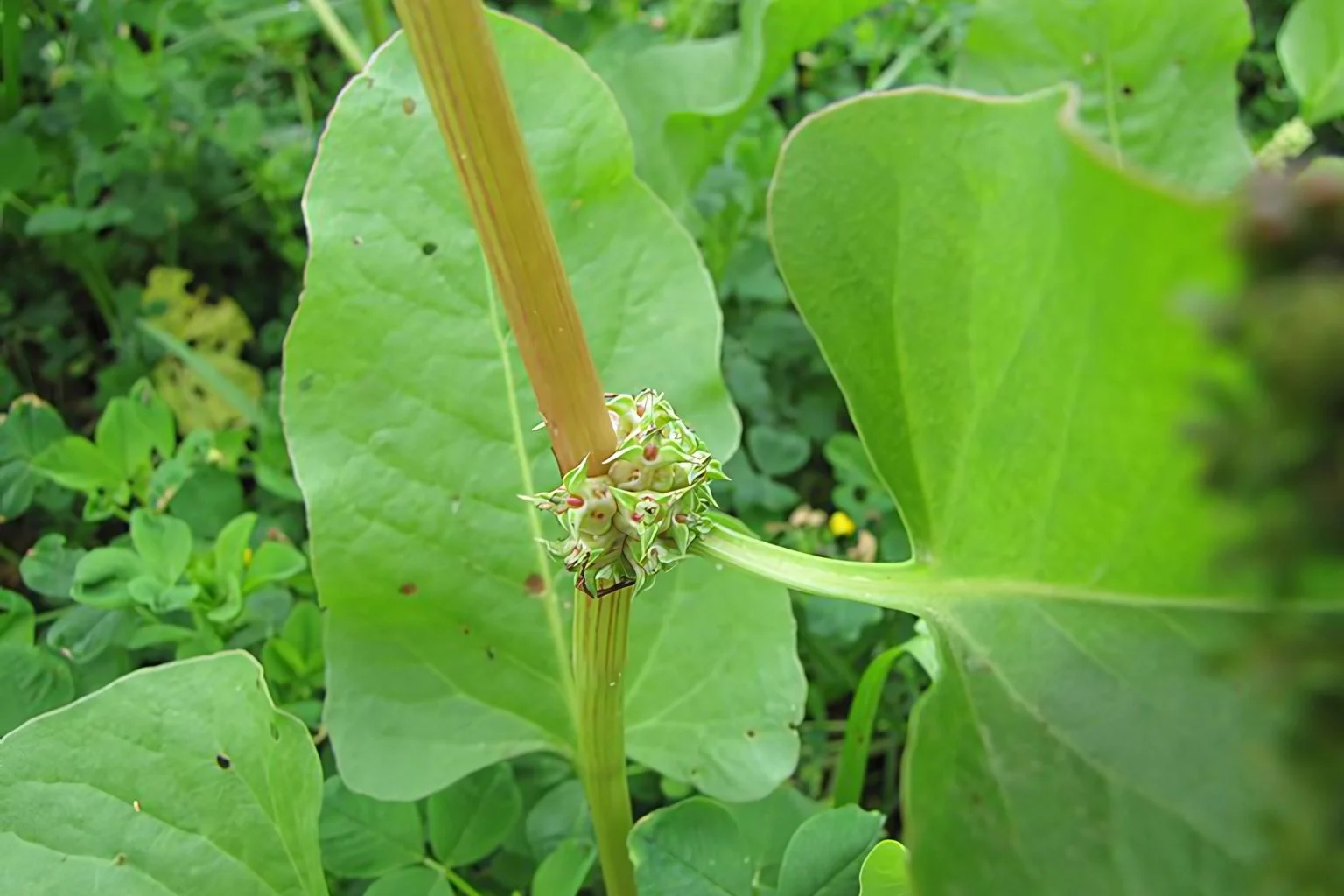
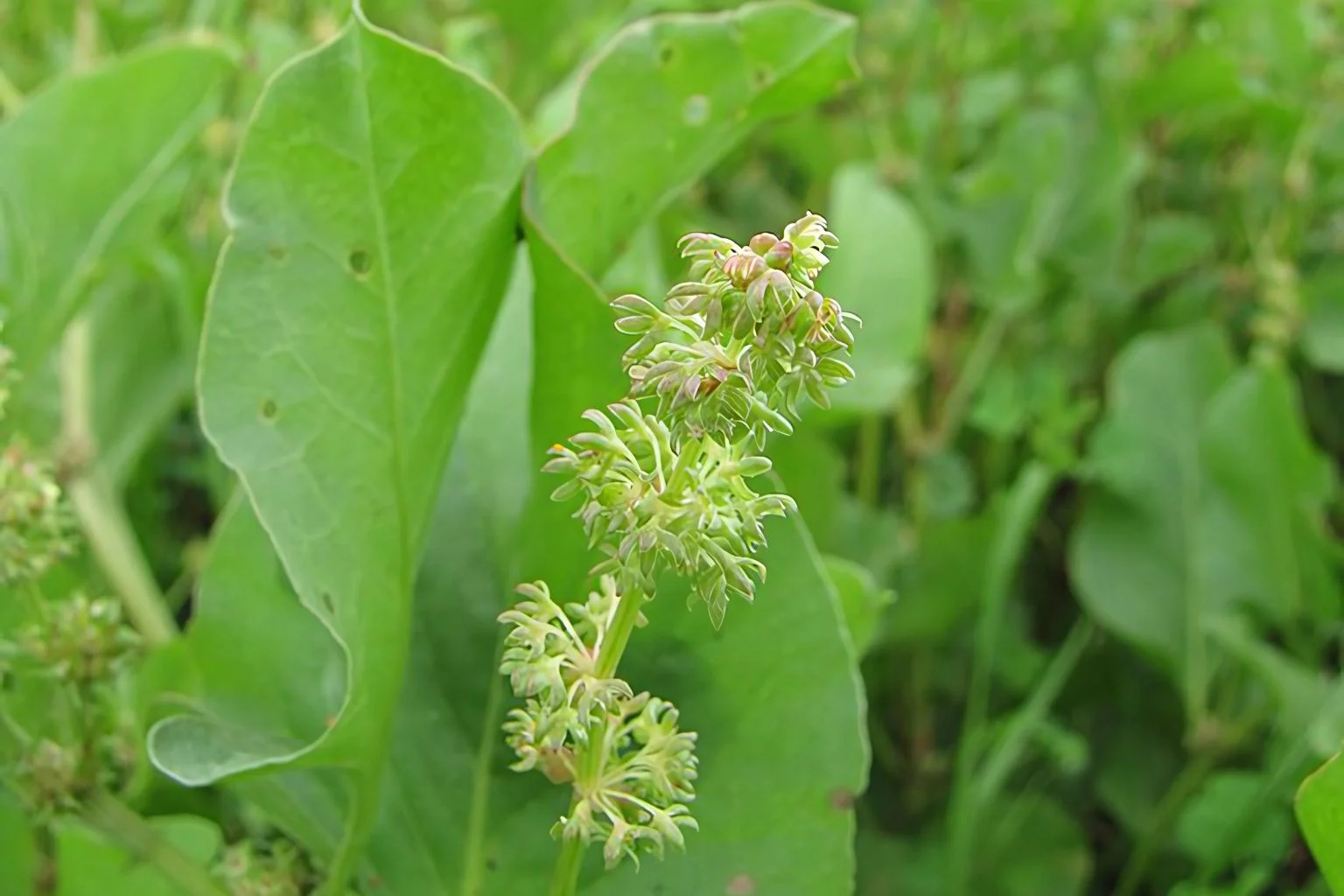
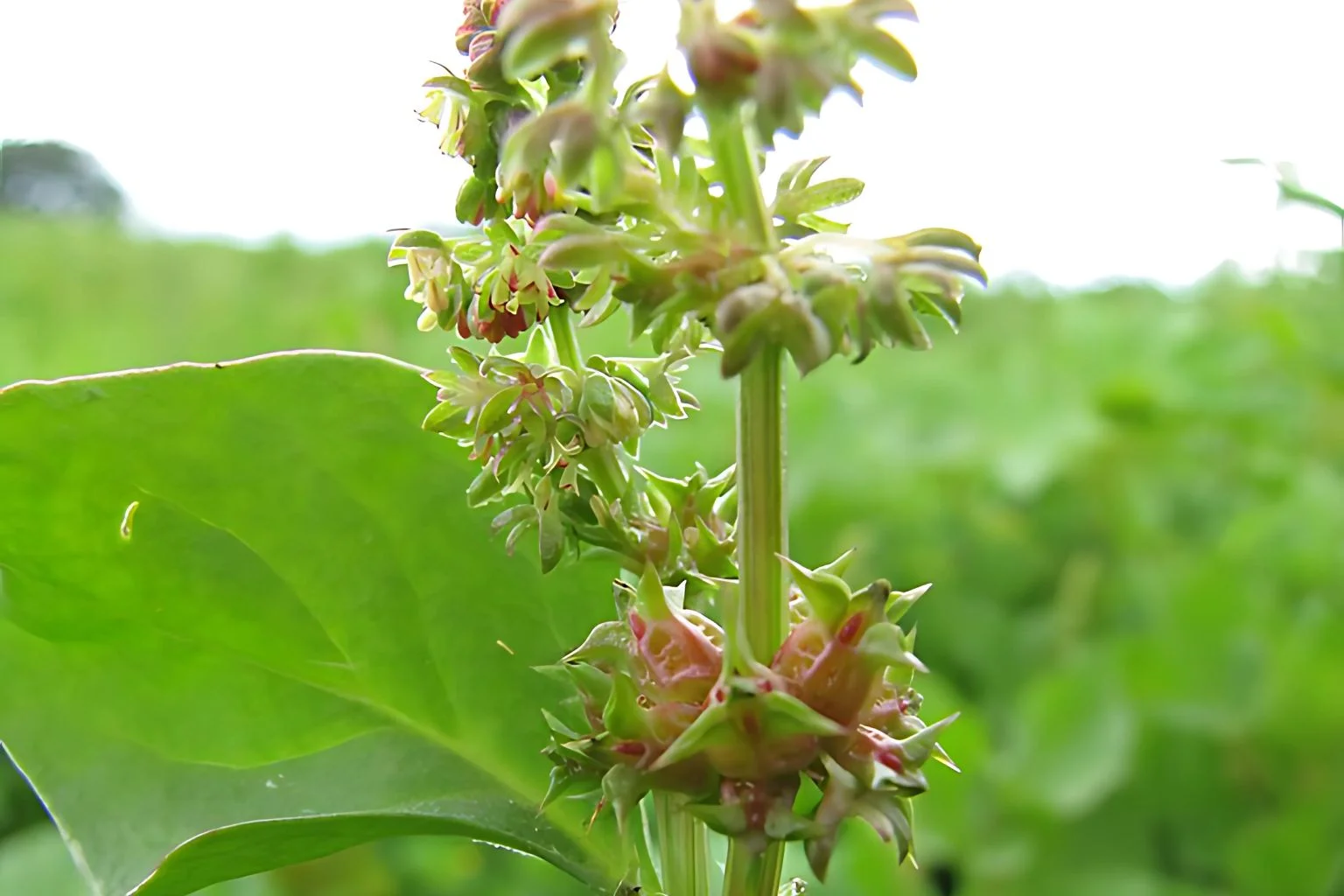
Why Is It A Problem?
How to Identify Spiny Emex
Spiny Emex, also known as “Spiny Burr,” is a tough and invasive weed commonly found in lawns, gardens, and pastures. It’s known for its sharp fruit and ability to spread quickly, making it a nuisance in outdoor spaces. Here’s how to identify it:
Spiny Emex Identification
Leaves
The leaves are triangular to oval in shape and may have small, jagged teeth along the edges. They grow close to the ground in a flat rosette formation, often appearing in a dense cluster. The leaves are usually a pale green color and have a slightly rough texture.
Stems
The stems are fleshy, purplish at the base, and hairless. They can grow up to 50 cm long and spread out across the ground, creating a sprawling habit. As the plant matures, the stems may branch out, allowing the weed to take over larger areas.
Flowers
Spiny Emex produces small, green flowers that grow in the spaces where the leaves meet the stem. These flowers are not showy and are easily overlooked, making it easy to miss the plant’s flowering stage. The flowers do not attract many pollinators and are mainly functional for reproduction.
Fruit
The fruit is hard and woody, shaped like a small triangular burr with three sharp spines. When mature, the fruit turns brown and can easily attach to clothing, animals, or tools, aiding in the weed’s spread. This characteristic makes it particularly troublesome for grazing animals, as it can cause discomfort and injuries.
Roots
The plant has a deep, fleshy taproot that anchors it securely in the ground. This root system helps the Spiny Emex survive dry conditions and recover quickly from disturbance. The taproot allows the plant to draw water and nutrients from deeper soil layers, making it more resilient than other weeds.
Effective Methods
Take Action Early for Best Results
It’s important to start controlling spiny emex while the plants are still young and actively growing, usually during autumn and winter. At this stage, they’re easier to kill, and you’ll also stop them from producing more seeds and spreading further.
Use Selective Herbicides
Next, apply a selective broadleaf herbicide that targets spiny emex without harming your grass or crops. Look for products with active ingredients like 2,4-D, MCPA, or dicamba. For best results, spray on a calm, dry day and always follow the label directions carefully.
Try Pre-Emergent Herbicides
If you’re working in paddocks or cropping areas, consider using a pre-emergent herbicide before seeds start to germinate. This helps stop new spiny emex plants from sprouting, giving your pasture or crop a better chance to grow strong. Just be sure the product is safe for the specific crop or grass you’re growing.
Support with Good Lawn or Paddock Care
In addition, keep your grass or crops in good condition. Regular watering and fertilising helps them grow thick and healthy, leaving less space for weeds like spiny emex to take hold.
Remove Small Patches by Hand
Finally, if you spot just a few plants, pull them out by hand before they have a chance to set seed. Always wear gloves to protect yourself from the sharp burrs, and try to remove the entire root to stop the weed from coming back.
Chemical Control Options
Surefire Amine 625 Herbicide
Surefire Amine 625 Herbicide is a selective weed killer that targets broadleaf weeds like Spiny Emex, making it a great choice for keeping crops and lawns healthy. With 2,4-D as the active ingredient, it offers reliable control across various environments. You can use it in crops such as wheat, barley, oats, and sugarcane, as well as in pastures, turf, and lawns. It also works well in non-farming areas like roadsides and industrial sites, giving you a flexible and effective option for broadleaf weed control.
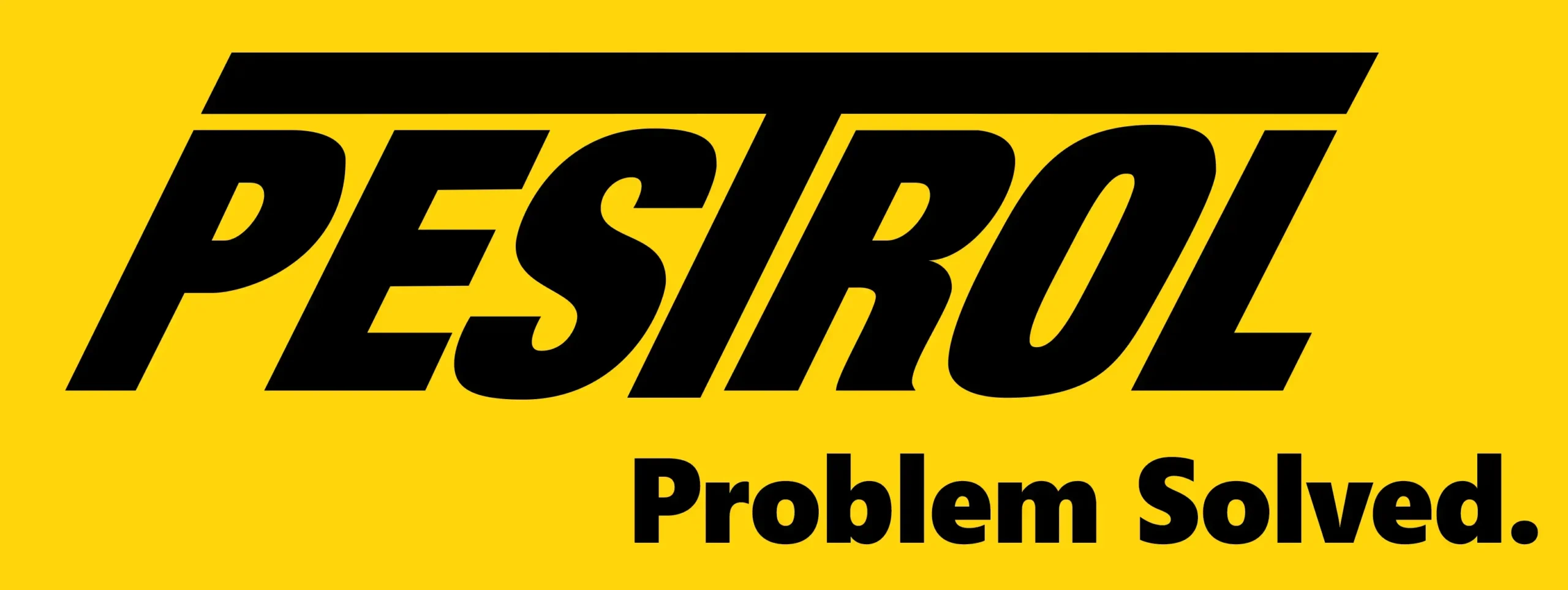




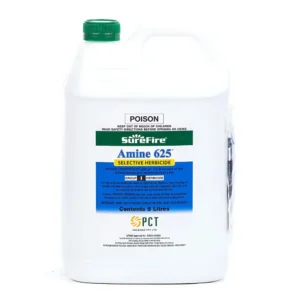
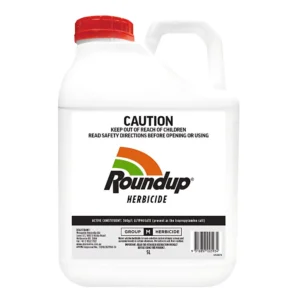
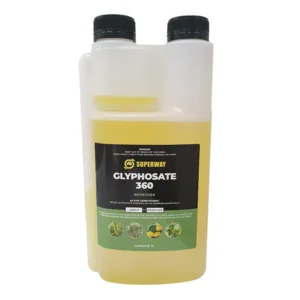
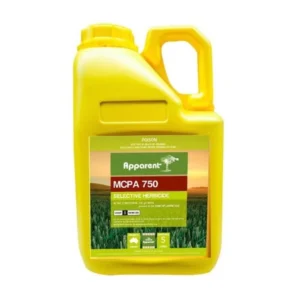
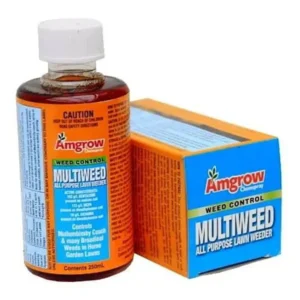
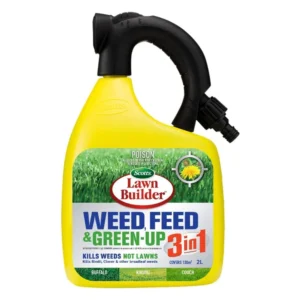
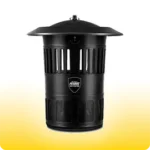 Mosquito Traps
Mosquito Traps